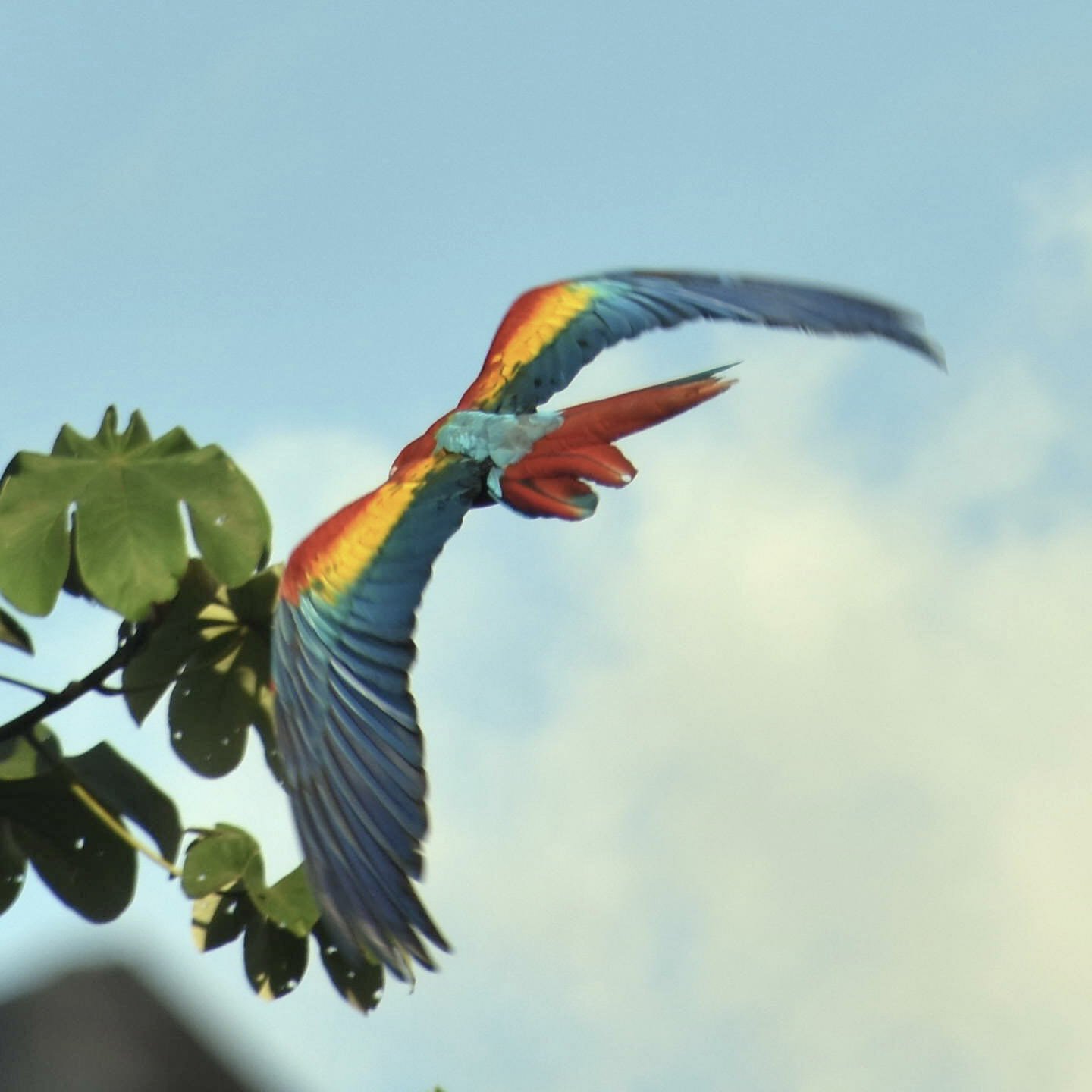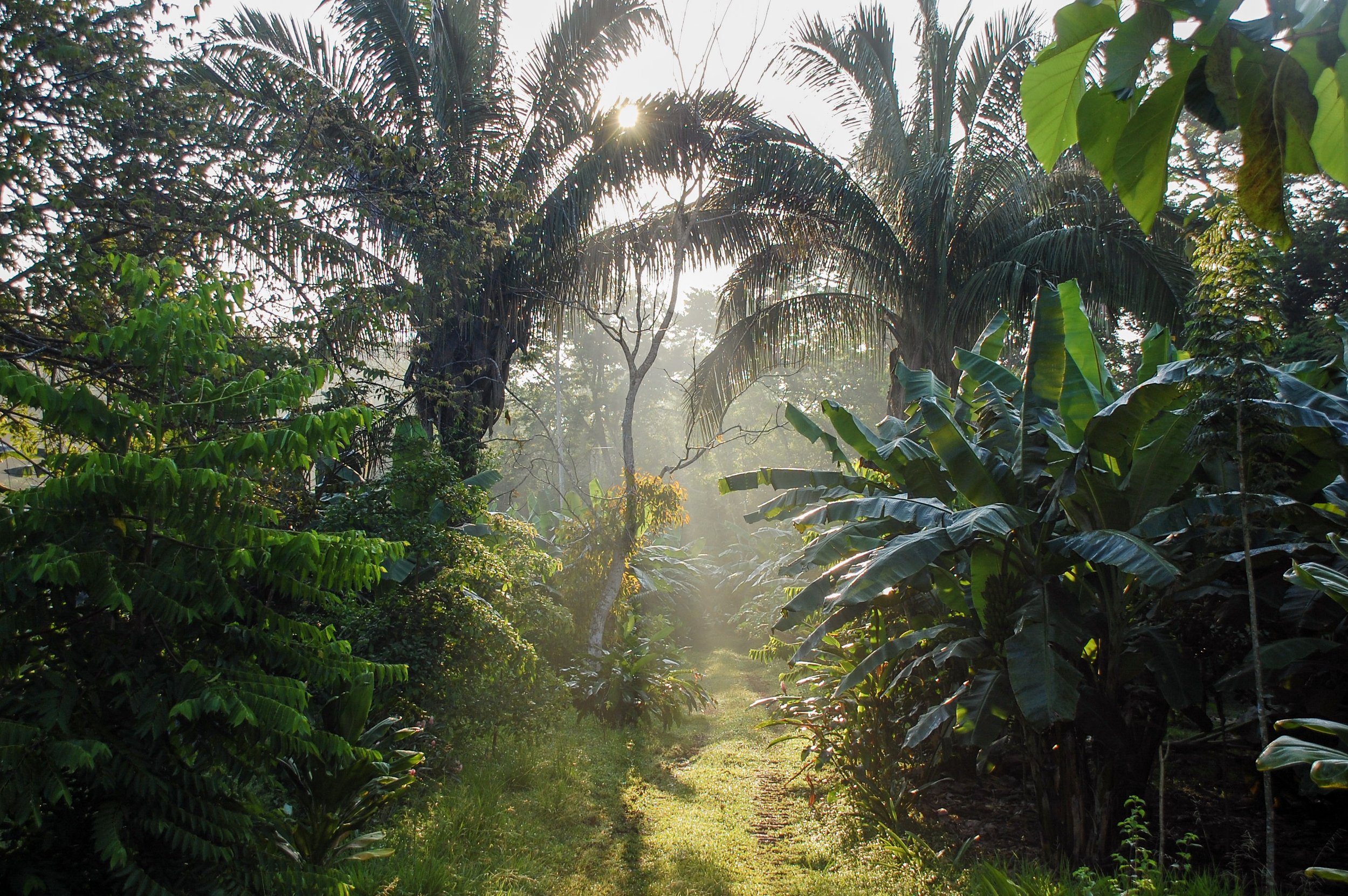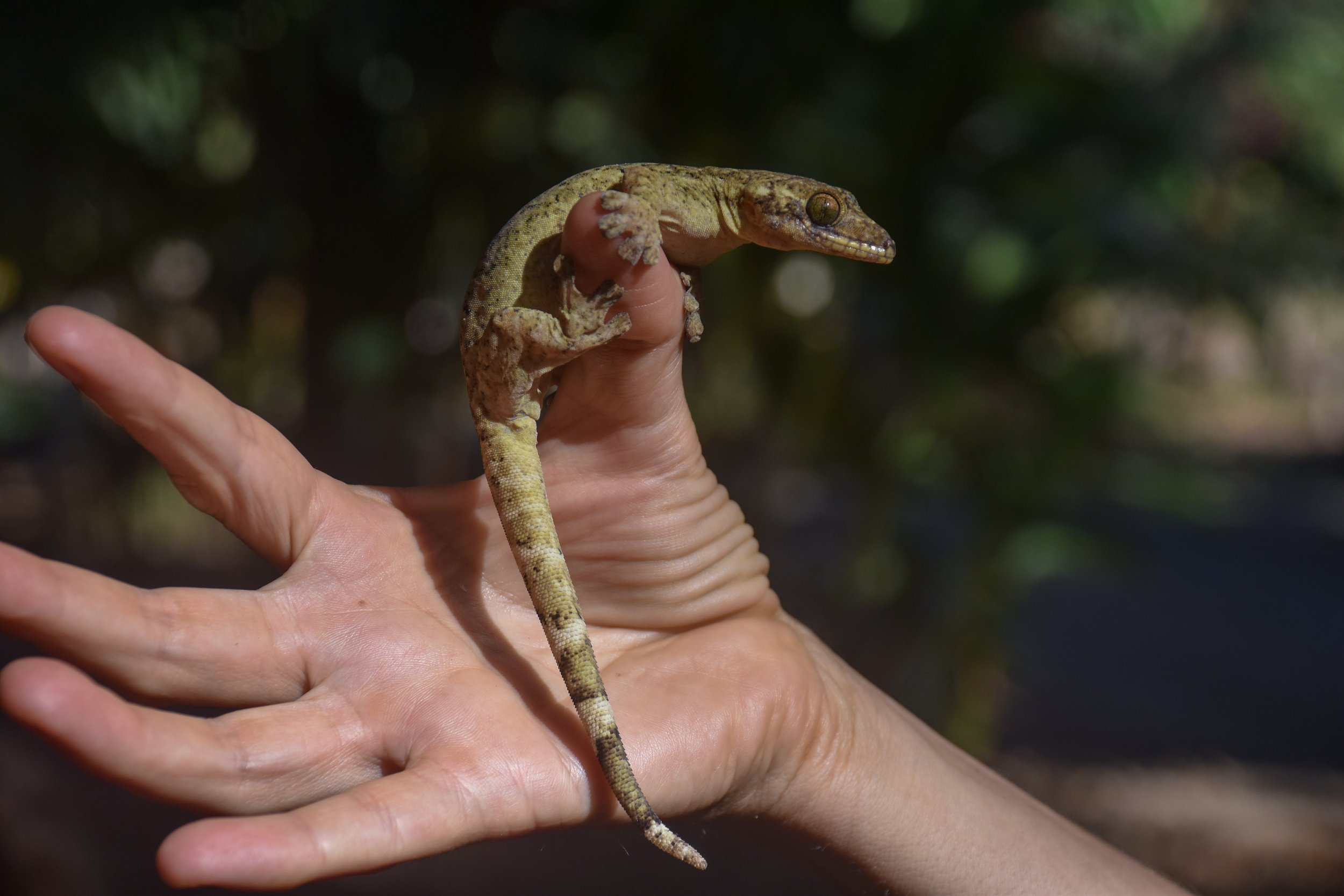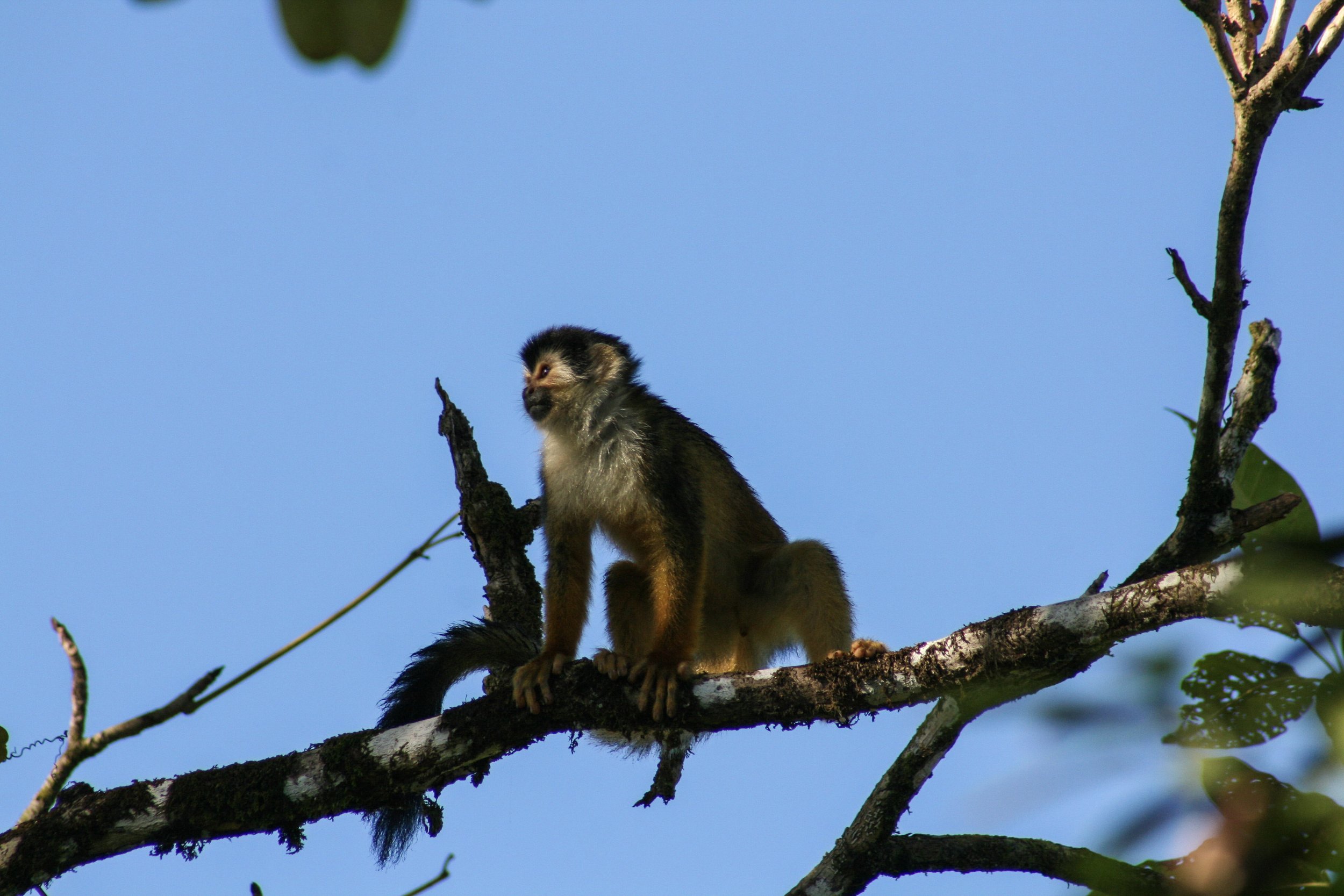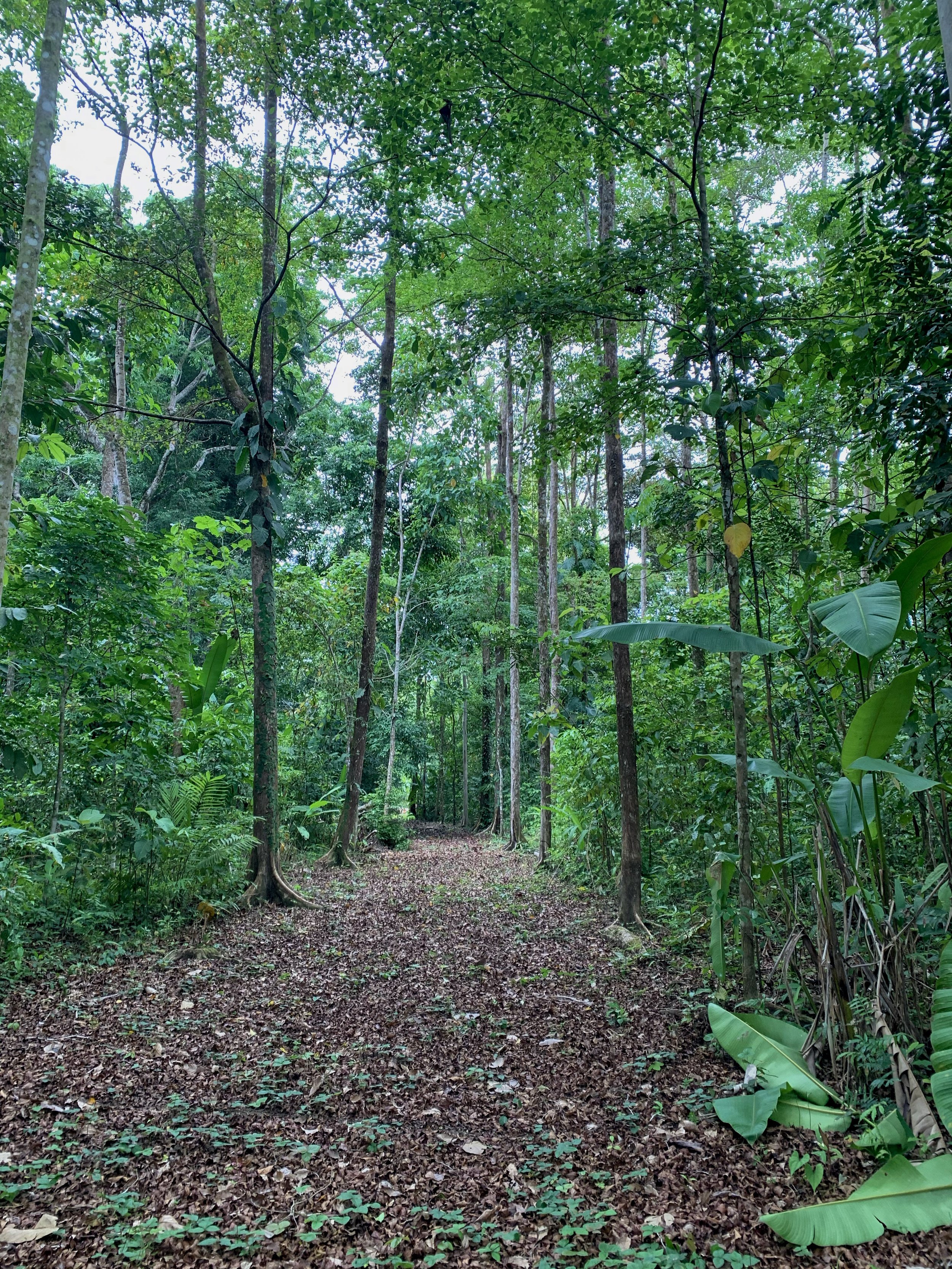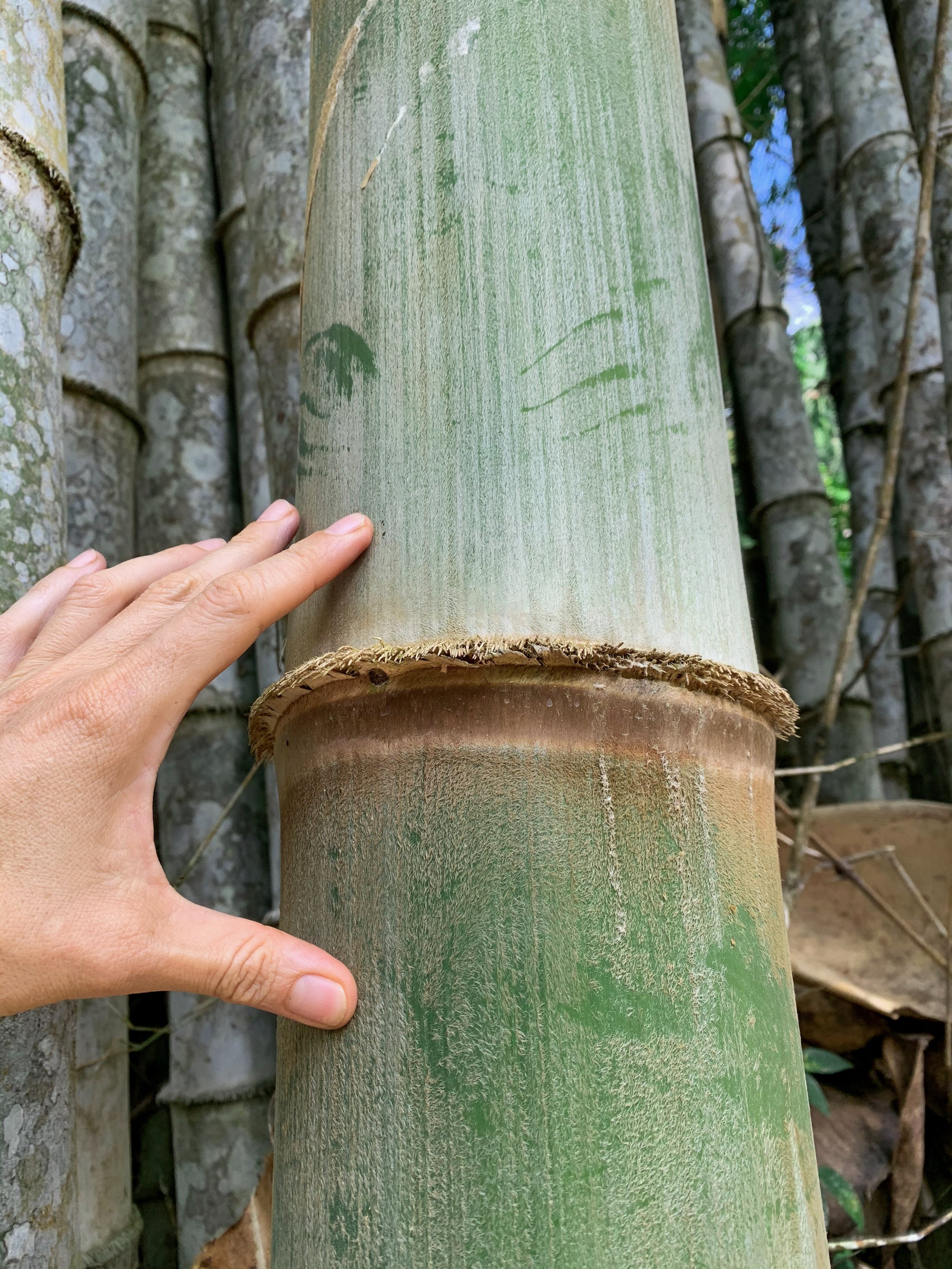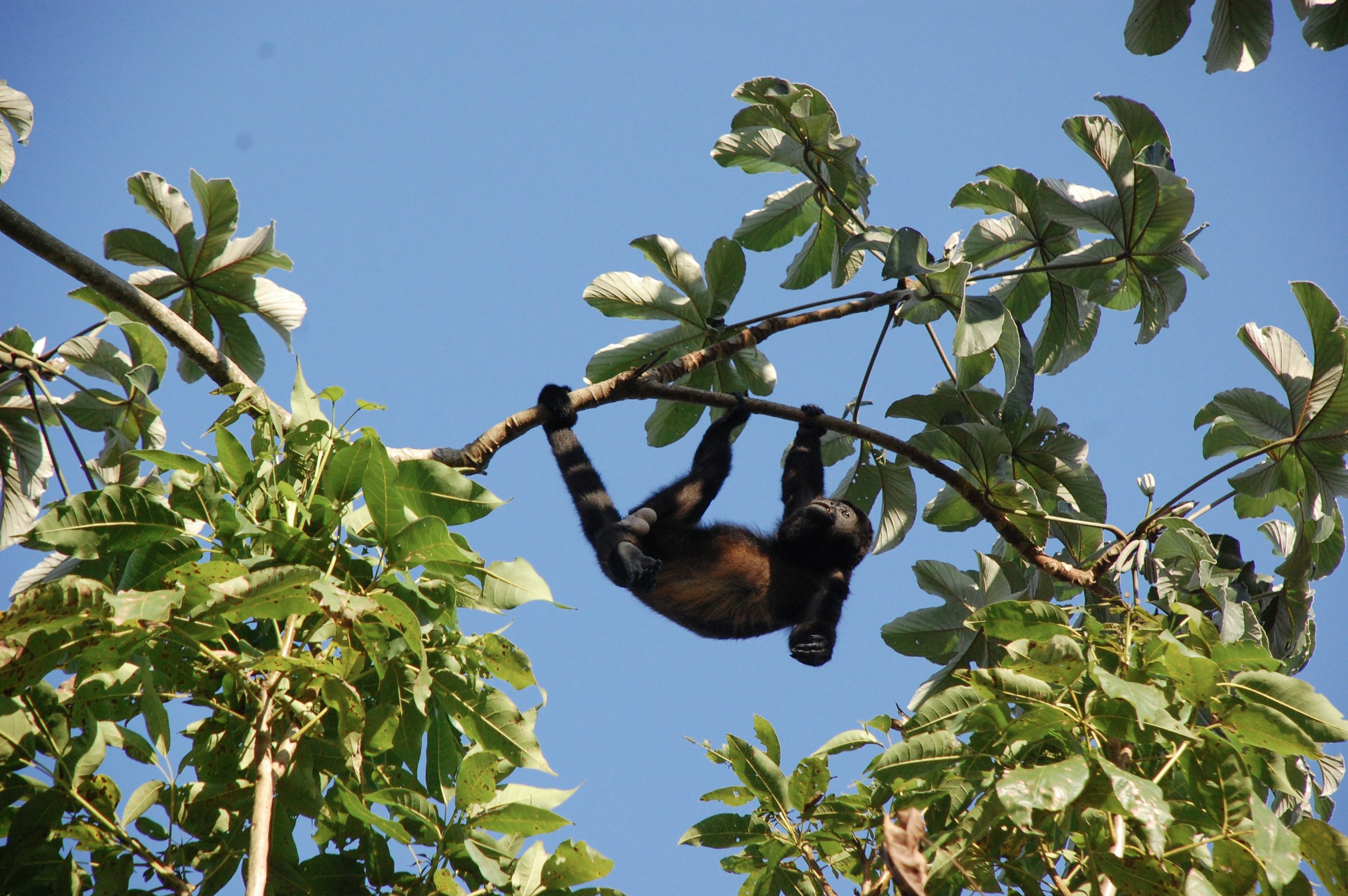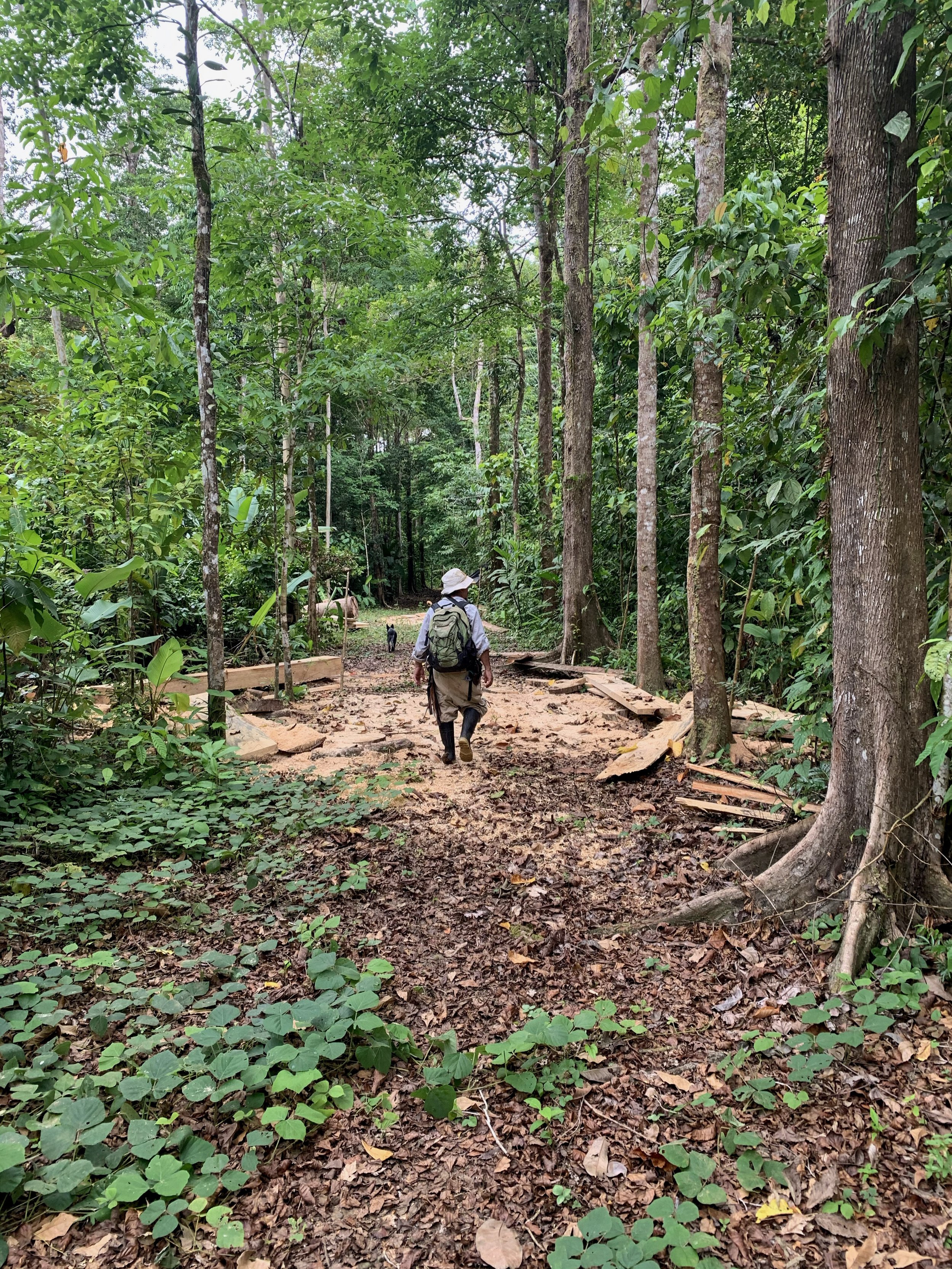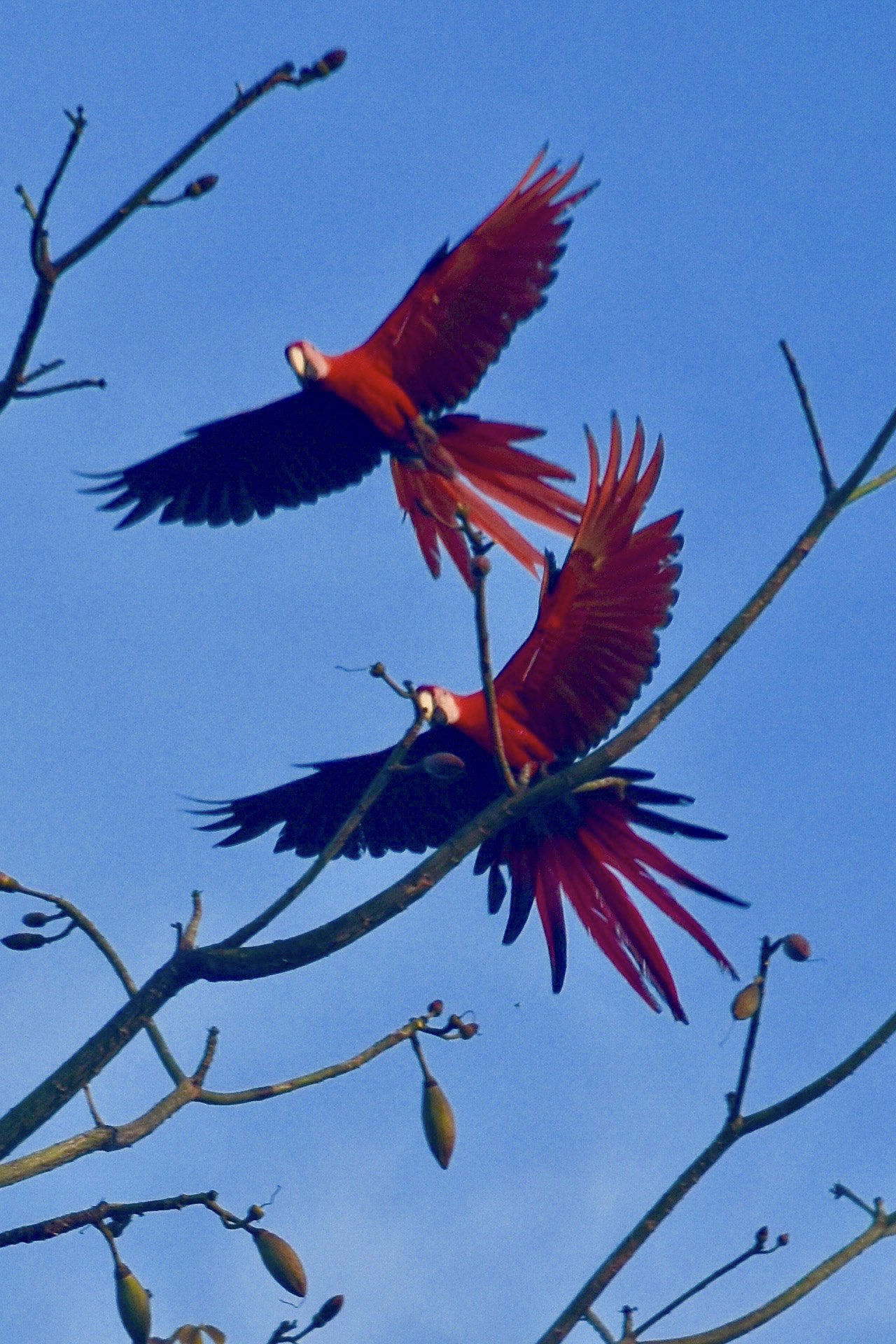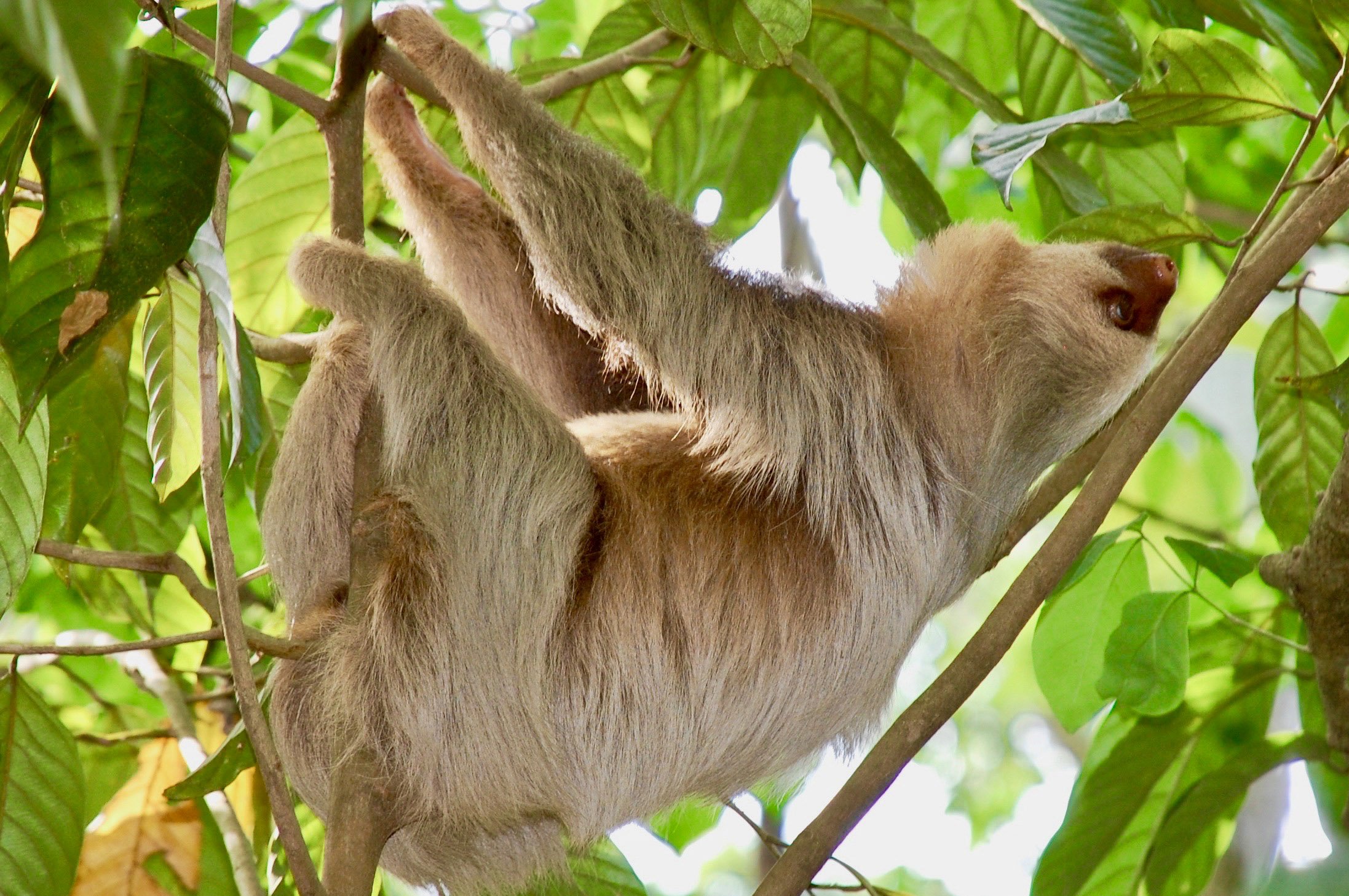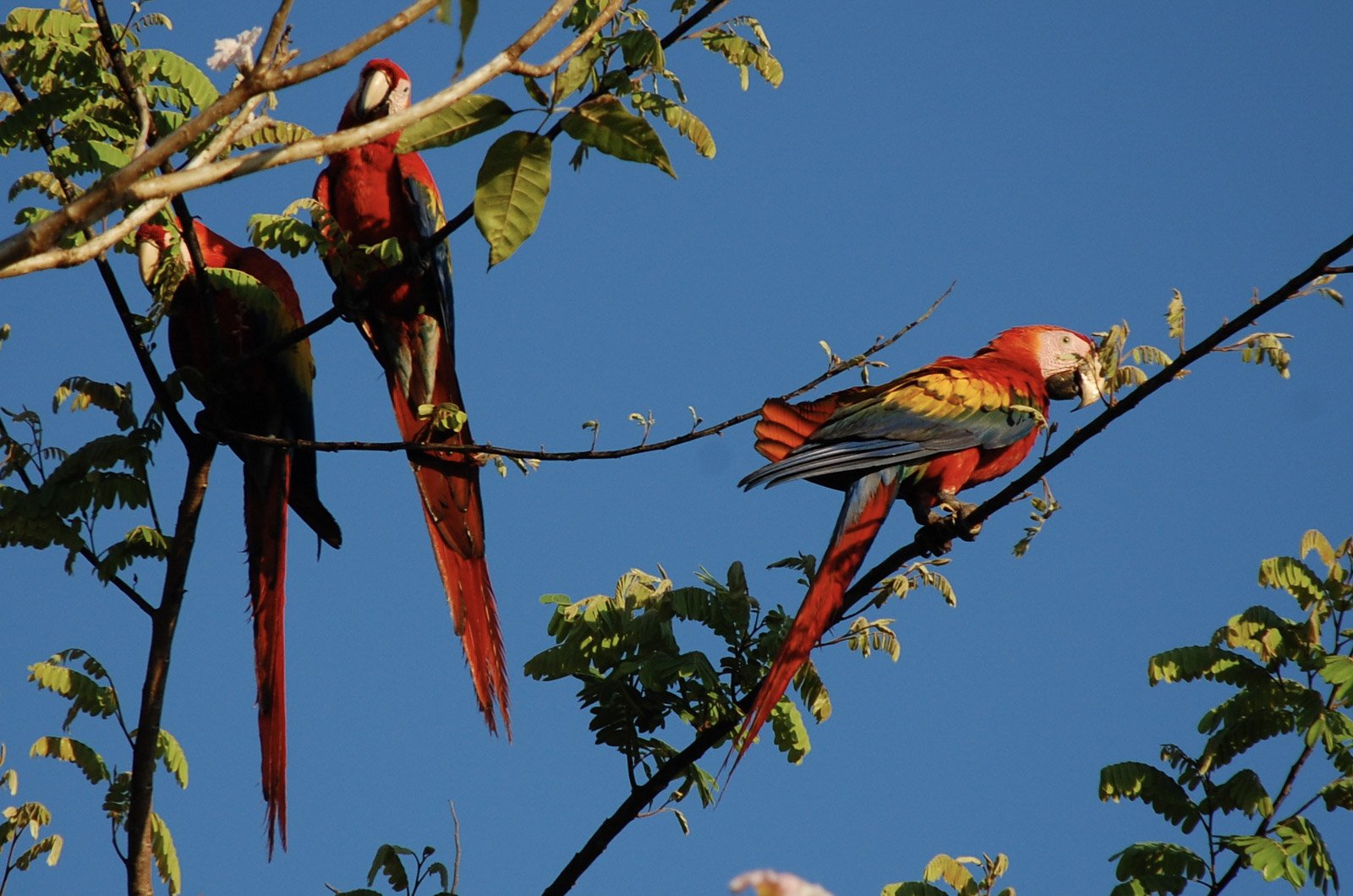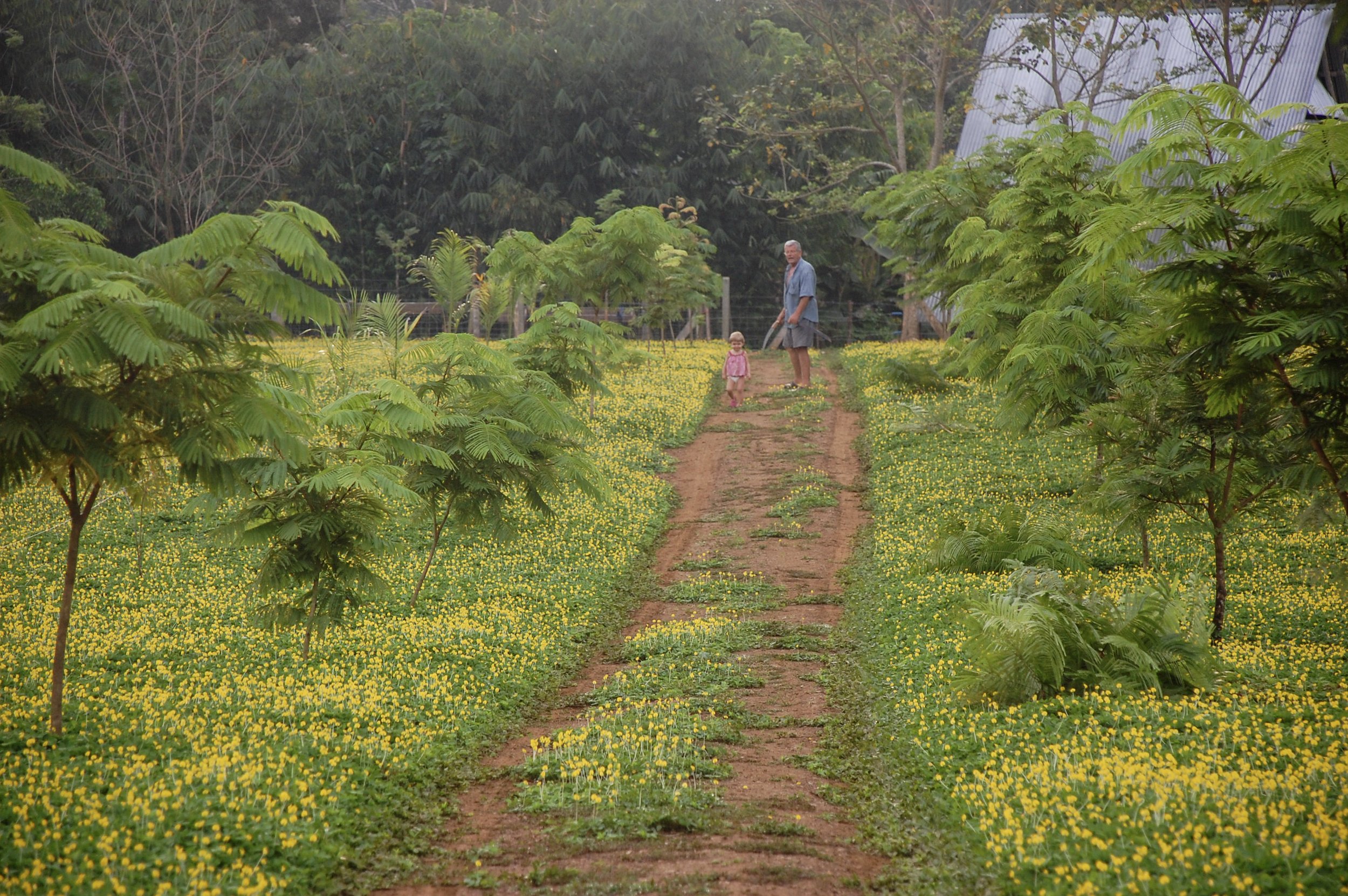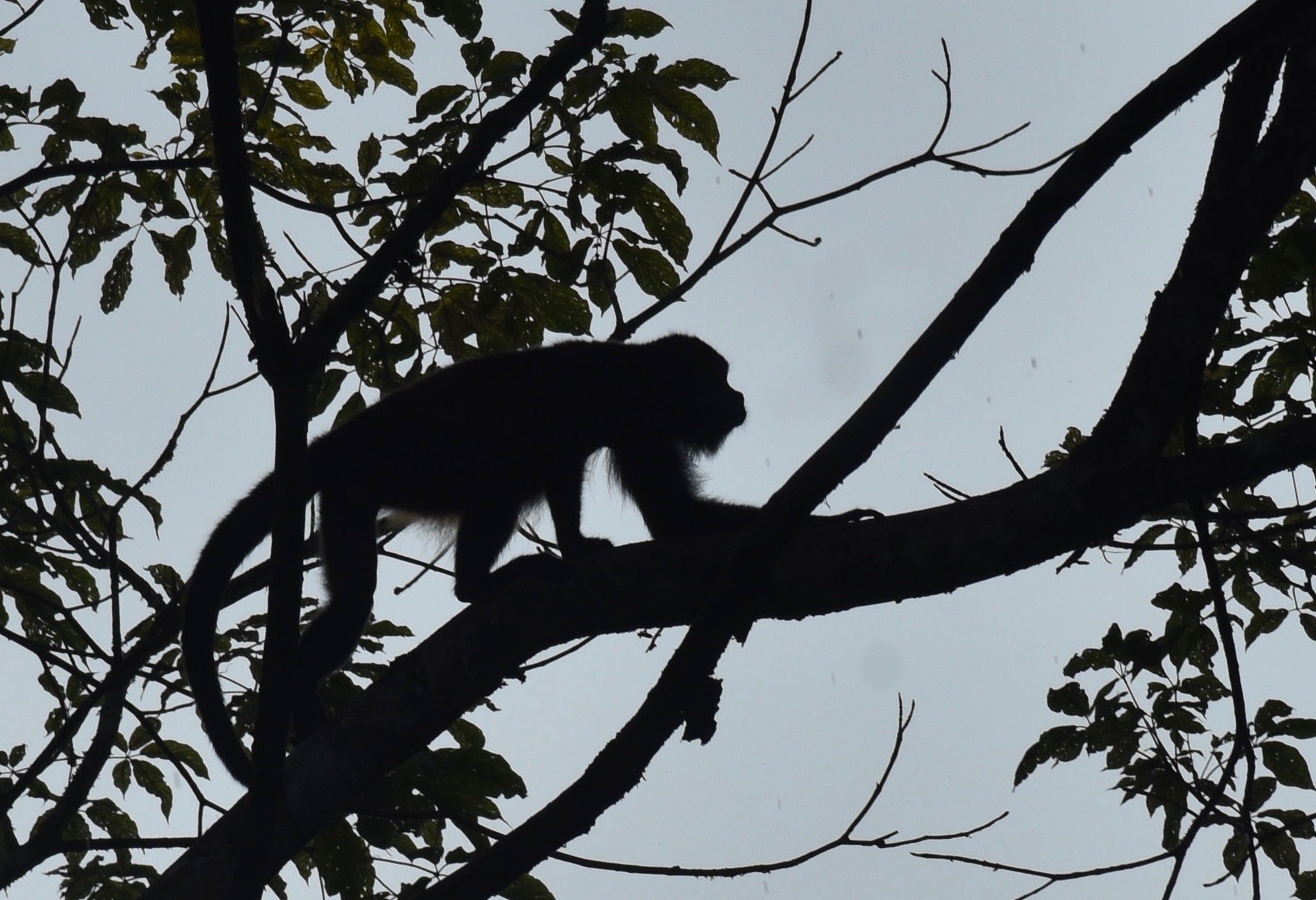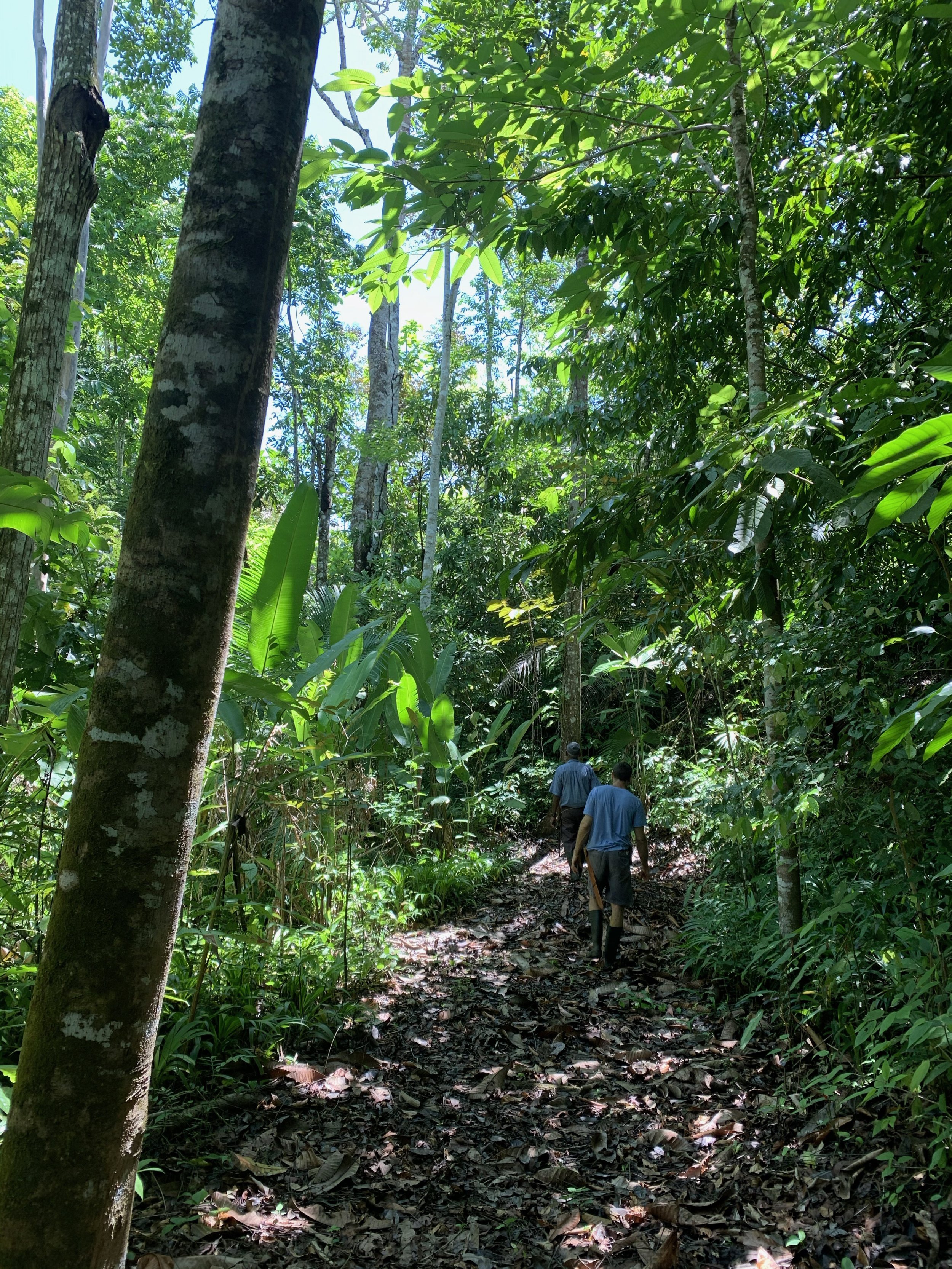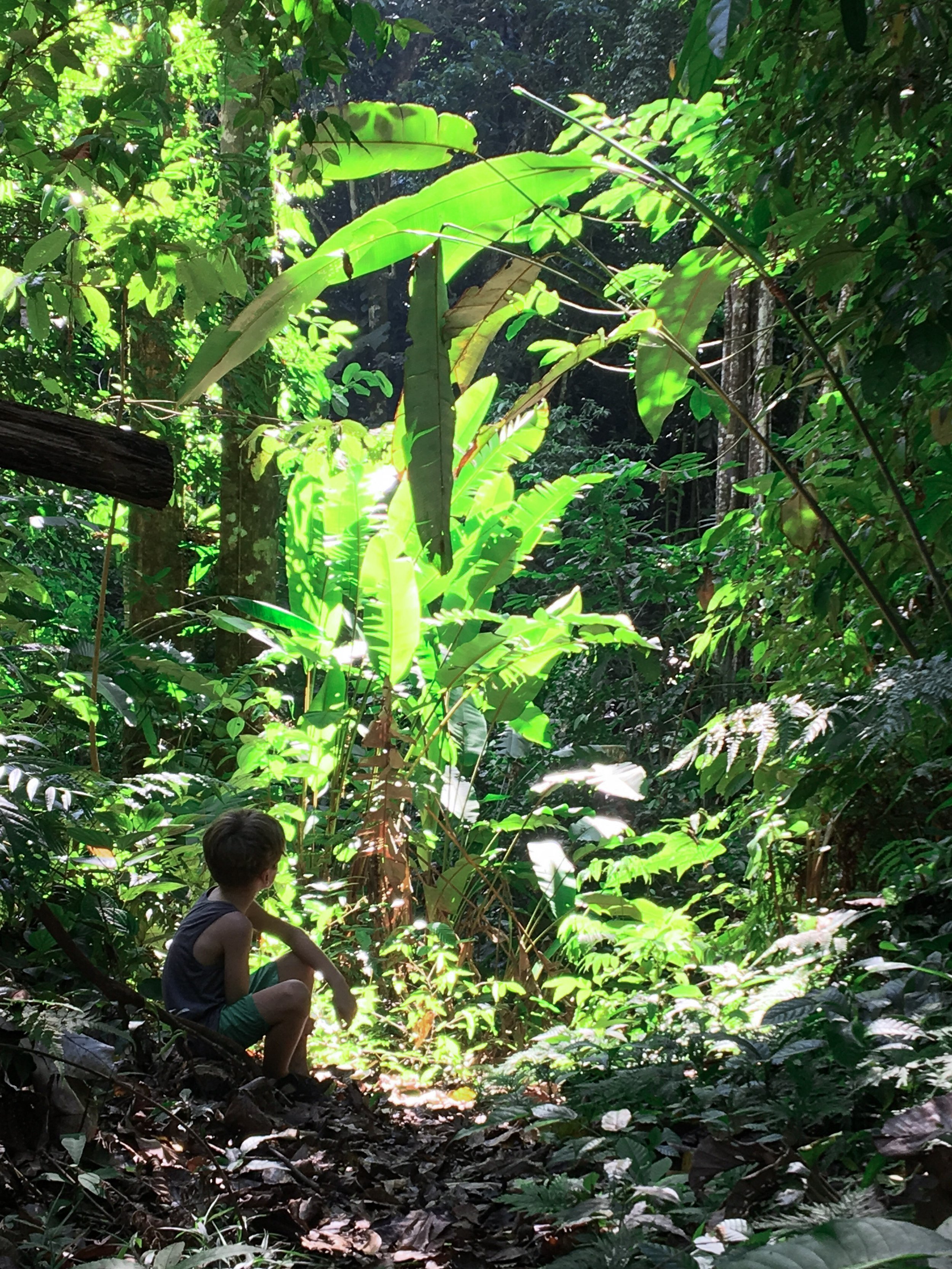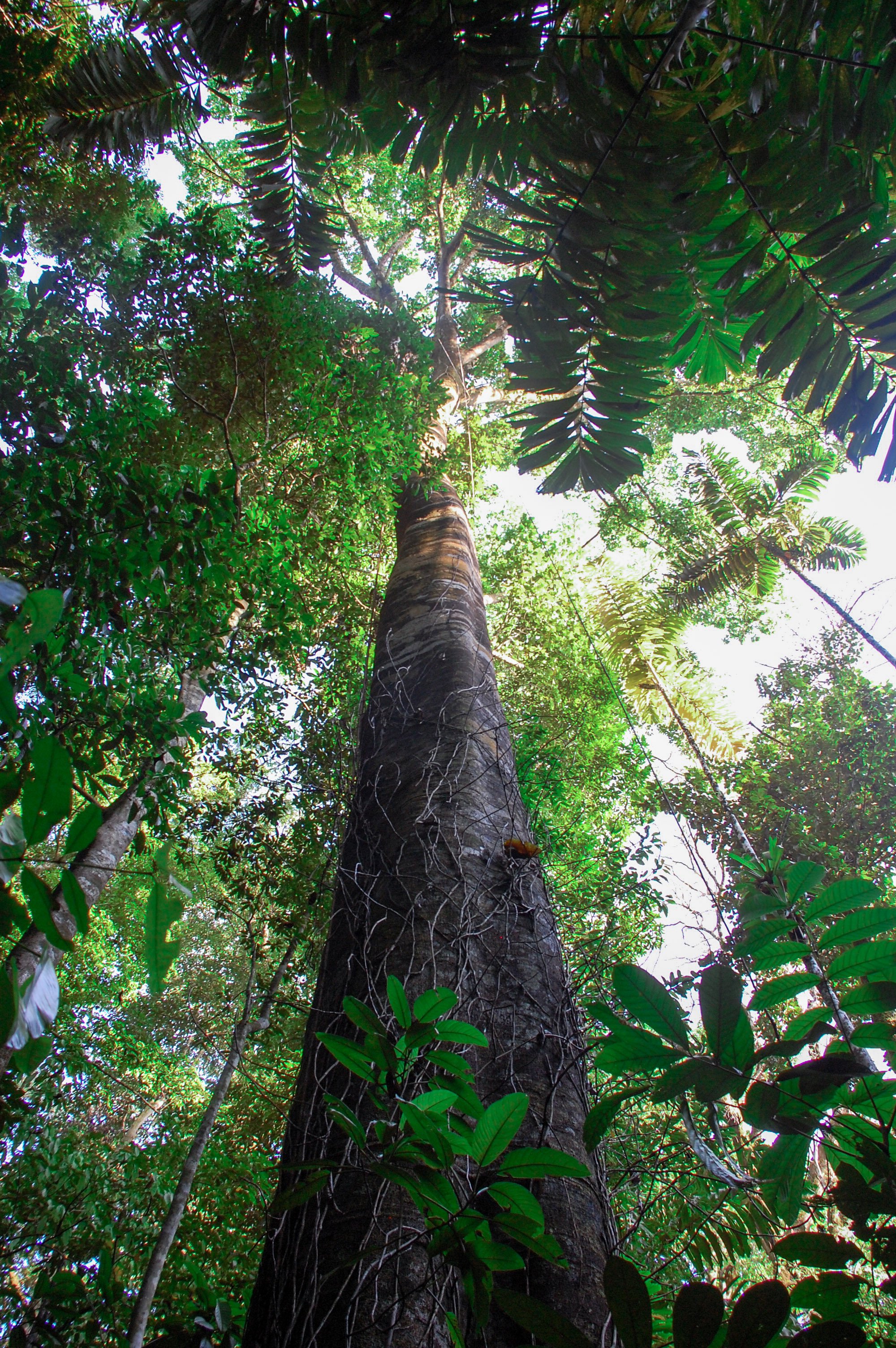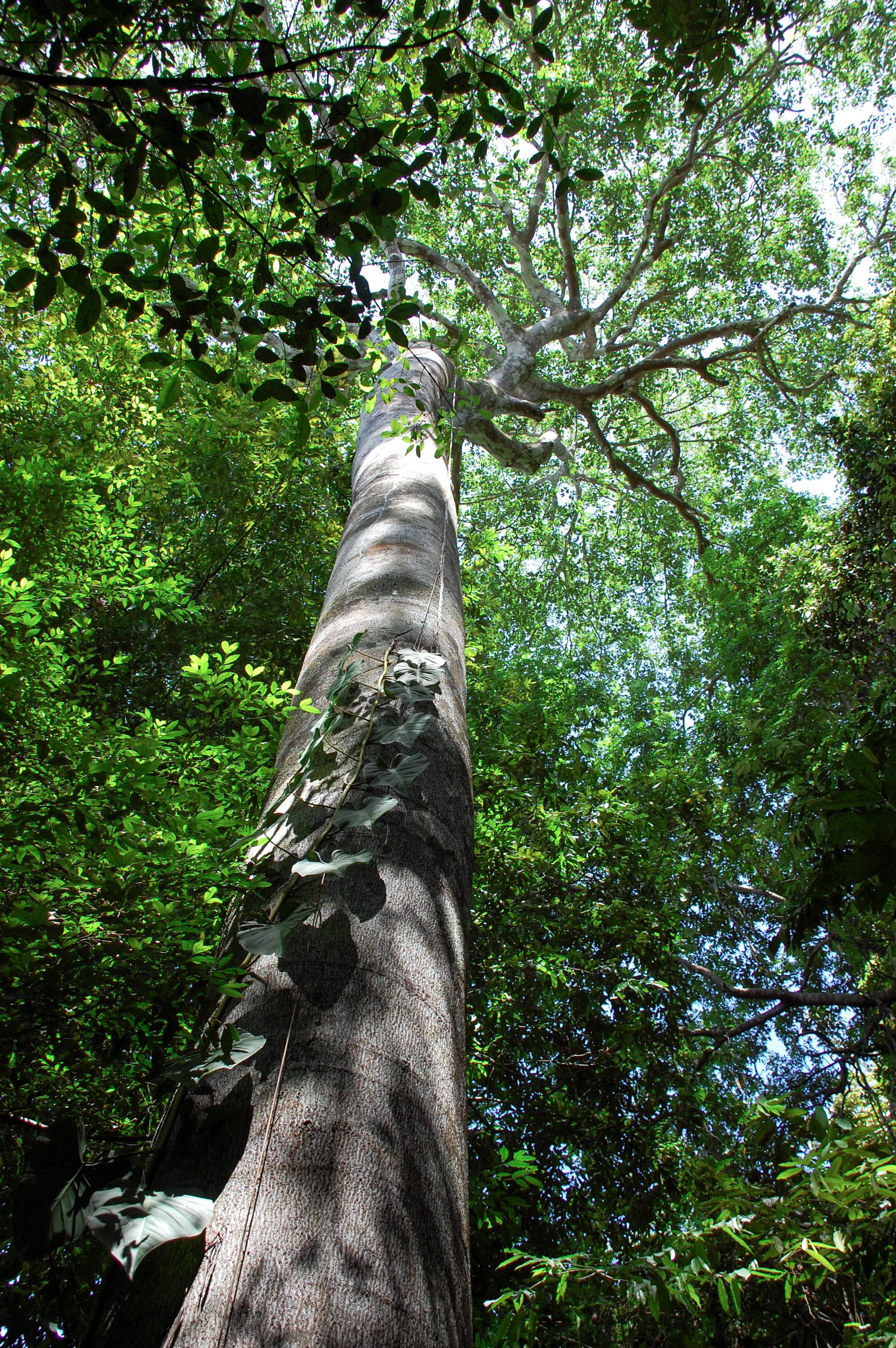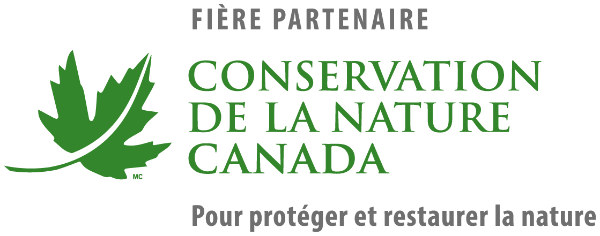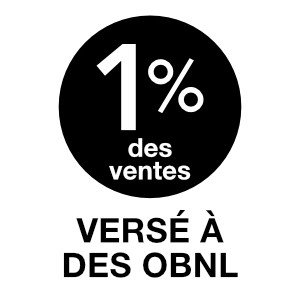EUTHABAG helps reforest and protect vulnerable habitats in America by planting thousands of native trees in Canada and Costa Rica!
The environment has always been in the heart of the creator of EUTHABAG, Dr. Leheurteux. Noticing a general lack of political will, she was challenged by the protection and reforestation of private habitats in temperate and tropical environments. Dr. Leheurteux acquired land in southern Quebec where she planted over 10,000 oaks, maples, pines, and larches along the riverbanks in the Montérégie region in collaboration with the Quebec Ministry of Natural Resources. Oak is the species in this region that fixes the most carbon dioxide (uses the carbon dioxide to make organic compounds).
A mature tree fixes between 10-40kg of CO2 per year. On average, 25kg. An average Canadian produces more than 15 tons of C02 annually. We therefore need more than 600 mature trees to offset our personal production at the current rate.
Every year, Dr. Leheurteux organizes a day with the EUTHABAG team on her reforestation land in Quebec. Everyone brings their pet to swim in the river, take a walk to discover the territory and get to know the environment.
Photo credit: Joëlle Couture et Dre Céline Leheurteux
With her family, she has also helped plant over 10,000 native trees on an abandoned farm in southern Costa Rica, on the Osa Peninsula. This region is considered one of the world's biodiversity hotspots. More than 60 endemic species have been planted in order to promote wildlife in its entirety, including the squirrel monkey (considered endangered since 2008), the white-faced capuchin, and the howler monkey.
Since the beginning of the reforestation in 2006, a forest cover has been established and it is visible that the squirrel monkey population is growing. The first timber harvest was done in 2020 after a hurricane hit the area. The wood was collected for future installations. It was with great emotion that she was able to take the measurement of the carbon fixed under the impressive weight of the trunks to move. Hundreds of bamboo trees were also planted providing a habitat for many species while effectively fixing carbon.
Photo credit: Dr. Céline Leheurteux, at her farm in Costa Rica with its lush wildlife.
Maintaining these fragile plantations involves significant expenses that the sale of EUTHABAG helps to finance. Planting trees is in many ways like raising children. They need our protection throughout their development and even into adulthood, not just when they are planted as one might think. Controlling the growth of competing plants (including vines), faster growing species (poplar, birch, sumac), protection from deer and rodents (especially beavers), pruning and selective cutting to promote the development of healthy mature individuals. A lot of attention to detail!
In 2020, we even had to control an armyworm infestation in the oak plantation. Following the trees development is demanding and instructive as well as being good physical activity. Their resilience in the face of obstacles standing in their virtuous way enriches all of our lives. They are a source of inspiration for the EUTHABAG team as they carry out their mission, which is filled with both obstacles and victories, much like our trees.














